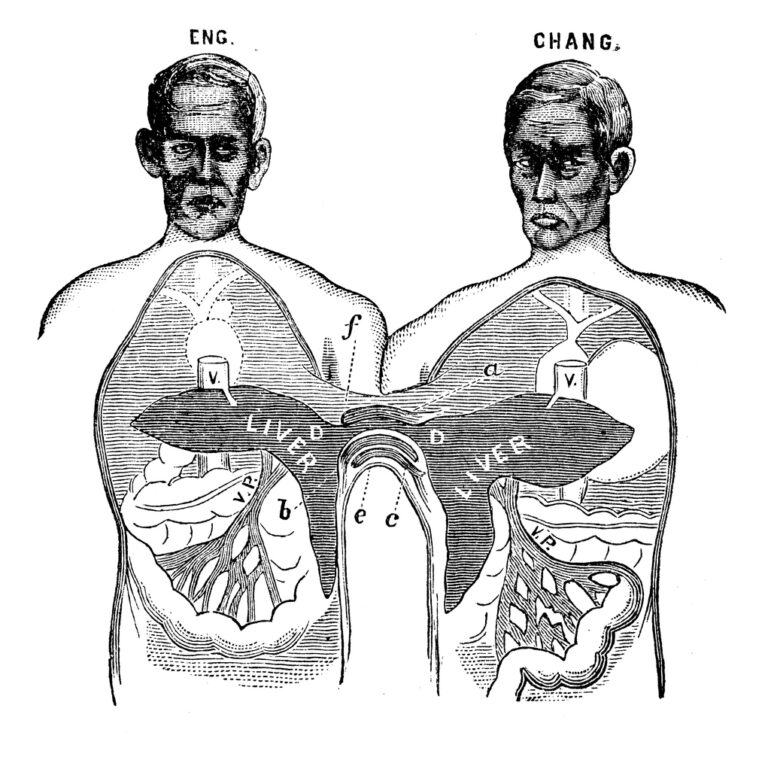With petrol and diesel cars predicted to be phased out within eight years, MiNDFOOD talked to Meridian Energy chief executive, Neal Barclay, about what driving electric cars will look like for Kiwis.
Last year, the Rethinking Transportation 2020-2030 report by Stanford University economist Tony Seba predicted that petrol and diesel vehicles will no longer be sold within eight years. All signs point towards electric vehicles being the way of the future, and while they are more expensive, going electric is a better environmental choice.
It’s no secret that going 100 per cent electric will be a big shift for New Zealand, but it’s important to acknowledge the opportunity this shift presents for our environment. On average, electric vehicles will emit half the carbon emissions of a diesel car by 2030, a study by Belgium’s VUB University found. This is a chance to reduce our reliance on fossil fuels, reduce emissions and maintain the clean, green image we’re known for. Plus, as a country with 80 per cent renewable energy generation, we’re well designed for the transition.
“Electric cars are a huge opportunity to reduce emissions. As a company that generates 100 per cent of our energy from renewable sources, and is genuinely passionate about sustainability, that’s really exciting to us,” says Neal Barclay, chief executive of Meridian Energy.
Already there are over 6000 electric cars registered in New Zealand.
Overcoming obstacles
So, what barriers do we need to overcome? The most obvious is the price of electric vehicles. Currently this is tempered by the cost of running an electric vehicle, which is cheaper. “For the average car owner who becomes an electric vehicle owner, your running costs plummet,” says Barclay. “Maintenance costs are decreased due to fewer moving parts. And, if you charge overnight between 9pm and 7am, you’re paying the equivalent to about 20-30 cents per litre for a charge.”
“Additionally, at Meridian, we cover the cost of charging for the first year for our customers,” Barclay explains. “It’s a small thing we can do to help make electric car owners feel supported.”
Then there’s the problem of a lack of charging infrastructure. However, energy companies like Meridian are already working to remedy this so that New Zealand is prepared by the time petrol and diesel vehicles are phased out. Meridian is helping to provide charging infrastructure nationwide, including free charging stations at Kiwi Property shopping malls.
Finally, there’s the concern about the range of distance electric cars can travel. “That’s improving all the time with battery technology,” says Barclay. The 2017 and 2018 models of the Nissan Leaf, for example, are built to have a 400 kilometre and a 600km kilometre range respectively.
Addressing the issue of the range of car brands and models, Barclay adds that: “If you look at what was available three to four years ago, it’s dramatically different. And we know that most manufacturers around the world are actually putting a lot of effort into building electric models.” Already major car companies including Volvo, BMW and Jaguar Land Rover have announced commitments to going electric.
Why go electric?
If you’re still doubtful about going electric, look to Norway as an example. According to The Guardian, in 2017, about a third of all new cars sold in Norway were plug-in models. That number is expected to rise to 40 per cent in 2018, with the Norwegian government supporting the transition by removing import and value-added taxes, as well as road tolls, ferry fees and city emissions charges for electric and semi-electric vehicles. On top of all that, Oslo is home to the world’s largest public garage for electric cars.
China, the largest vehicle market in the world, last year announced plans to ban the creation and sale of petrol and diesel cars. According to The Australian, in 2016, the country sold 28 million vehicles. Of this number, about 500,000 were electric. Also, as part of its eco-friendly goal, China plans to have 200,000 public charging docks by the end of 2020.
To find out more, click here.







